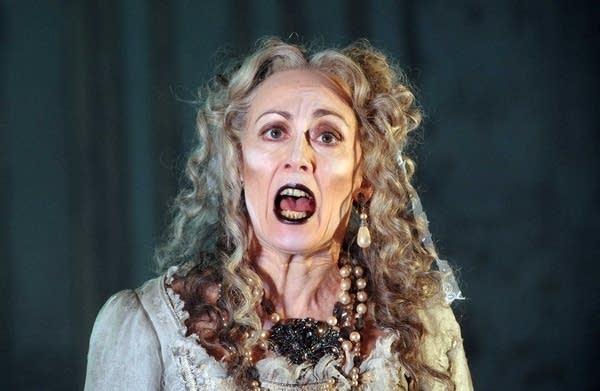In books: Where are all the evil female characters?

An actress makes Charles Dickens' Miss Havisham, from 'Great Expectations,' a terrifying reality at a London theater.
Stuart Wilson | Getty Images 2013
Go Deeper.
Create an account or log in to save stories.
Like this?
Thanks for liking this story! We have added it to a list of your favorite stories.


